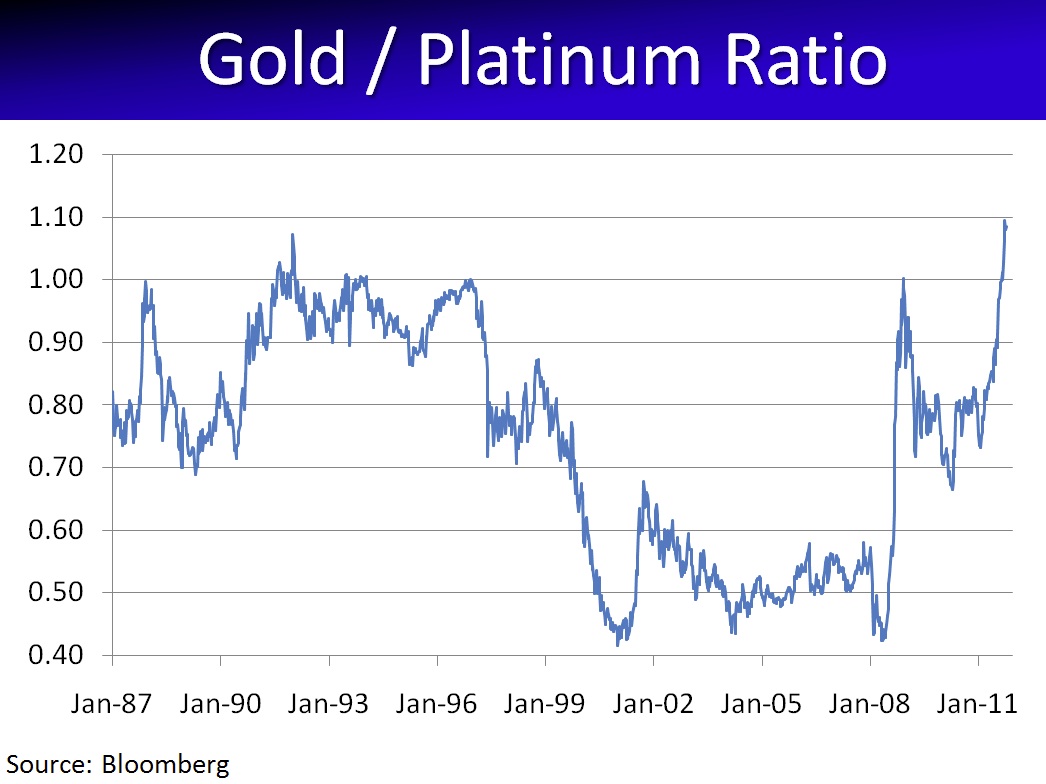Covestor model: Technical Swing
April was a good month for the Covestor Technical Swing Model Portfolio on a relative basis: while the S&P 500 lost about 5 percent during the month, my model ended flat as a result of various trades on the short side to hedge long positions.
As expected, Europe was driving equity markets and the Euro south, so my short positions benefited from these developments as well as the general “risk off” environment. When equity markets decline, correlation among individual stocks tend to rise.
Therefore, it makes more sense to focus short positions on index and sector ETFs: The Direxion Daily Small Cap (TZA) is an inverse leveraged small cap index fund, which I traded multiple times. Small cap stocks are considered more risky and should therefore underperform in declining markets.
The iShares MSCI EMU Index (EZU) is an ETF which focuses on the entire European continent: the fund assembles stocks of the countries of the European Monetary Union. The short position in this fund develops nicely and I keep this trade into the month of June.
Another short is the iShares Silver Trust (SLV) ETF SLV: the metal is highly correlated to the Euro and tends to underperform in times of economic slowdowns because, unlike Gold, has various industrial applications. From a technical perspective, this short position has great potential: Silver is trading at an important long term support around $27.
Should this level break, SLV could quickly lose 30% since next major support would come up at $20. Do I predict that Silver will go to that level? No. But if there is a let’s say 51% chance that I gain 30% with my short and a 49% chance that I lose 5% (because I might get stopped out), I take that trade. Investing, as well as trading, is a probability game. I do not know the result of my next trade and actually, it doesn’t matter. What matters are the results of my next 10 trades.
During the last two weeks of May, I also took a couple of swing trades on the long side. In earlier comments, I argued that a valid strategy would be to simply wait for a oversold rally and then add shorts once momentum fades. It was logical to believe that we would see some sort of bounce after the declines of early May.
The question was whether it would be a “tradable” bounce. I do not want to go into detail here, but certain indicators suggested a significant rally could be in the cards, which is why I decided to be aggressive on the long side: various stocks held up quite well during the sell off, so I took long positions in companies like Apple (AAPL), Chipotle (CMG), Disney (DIS), Toll Brothers (TOL) and Visa (V).
The underlying theme is quite interesting: recovery of the American economy and consumer. Housing prices might not recover for a long time, but a price bottom is all that’s needed for a rally in home builders’ stocks. The sector has been one of the strongest in 2012 so far: year to date the iShares Dow Jones U.S. Home Construction Fund (ITB), the housing sector ETF, has gained over 30 percent. According to the principles of momentum investing, assets, which outperformed the previous six months, should continue to outperform during the following period. Academic research has validated this market anomaly.



